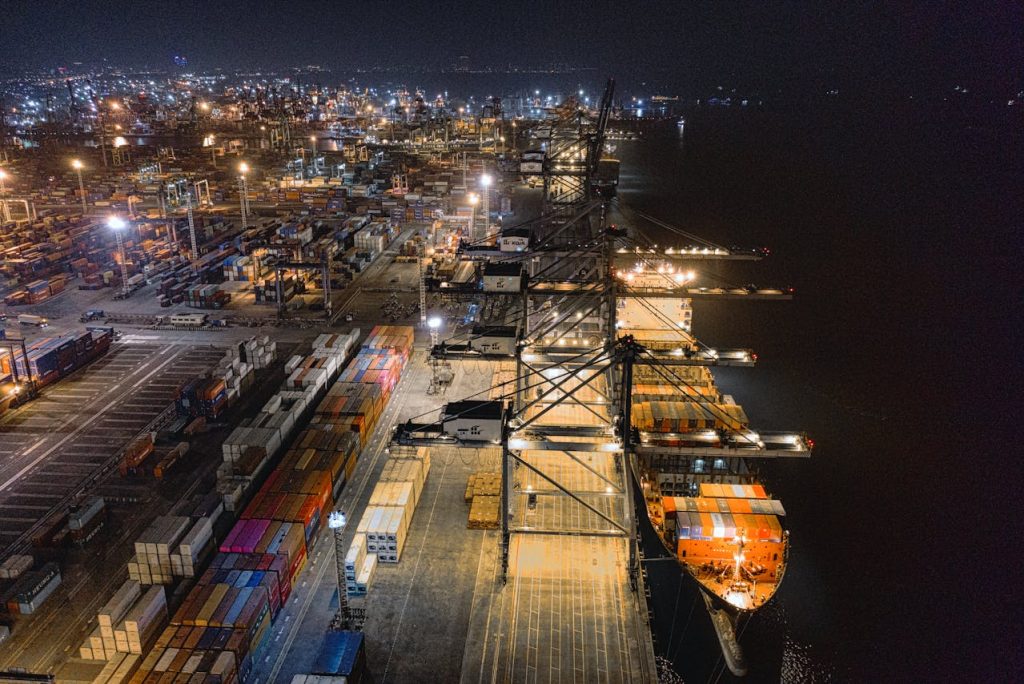When it comes to shipping your goods to different parts of the world, it is important to consider the method of transporting them. After all, shipping small containers of goods on an ad-hoc basis can become quite expensive, which can be detrimental to small and medium-sized enterprises. With the prices of containers rising, most businesses are looking to ship their goods in the most cost-effective manner possible.
A shipping method you may consider is using less-than-container-load (LCL). This can be a fantastic way of optimizing your costs. However, what exactly is LCL in the first place, and how does it work? Keep reading this article in order to learn what it is.
What is LCL shipping?
When shippers refer to LCL shipping, they are referring to sea freight shipments that do not fill up an entire shipping container. Instead of renting out or paying for an entire container upfront, LCL shippers only need to pay for the area they are using in the container. This means LCL shippers need to share container space with other people’s shipments, rather than having the space exclusively to themselves.
How does LCL shipping work
The unique thing about LCL shipping is that different shippers will share one container. Because shippers only need to pay for the space they are using, LCL shipment can be cheaper upfront, as the cost of shipping one container is shared between different people. However, when comparing the cubic meter (CBM) cost between an LCL shipment and a full-container-load (FCL) shipment, LCL shipments will be higher, though the total price is usually lower.
Is LCL shipping right for you
LCL shipments tend to make the most sense if you are looking to transport small shipments in a short period of time, rather than waiting for when you can fill up an entire container. Below are five factors that shippers should consider before using the LCL method.
Volume: This indicates the shipment by the amount of space it occupies. A volume of a carton is calculated by multiplying its length, width, and height. Ocean freight is usually charged by the volume (unless it exceeds 1,000kg per CBM), and this includes LCL. If your goods are between 1 to 18 CBM, then it is ideal for you to use LCL. Otherwise, it may be better to consider other shipping methods such as air freight or going entirely FCL.
Grow weight: This refers to the total weight of the shipment as a whole, including the master cartons and packaging. Shippers should consider shipping LCL if the gross weight of their cargo is more than 150kg during the peak season and 200kg during the off-peak season. This is because shipping rates are subject to change in response to fluctuations in supply and demand.
Routing: It is important to note that not all routes for ocean freight can do LCL shipments due to a lack of consolidators. In case this happens, it is necessary for shippers to find alternative routes or ports.
Product category: This should also be considered when considering shipping. This is because some products are not allowed to be transported via air or land freight. Items like this can include compressed gasses, aerosol cans, and dry ice. In this case ocean freight can be a fantastic method depending on what you are shipping, and the volume of the shipment.
Time: Time is essential when it comes to the supply chain. This is especially true for smaller businesses that are selling goods on e-commerce websites, as the timing can result in a hit or miss. So, timing of the delivery should be considered when it comes to shipping products. It is important to note that LCL shipment scan take roughly four weeks to be delivered, so be sure you have taken the time into account when considering what shipping methods to use.
Advantages of LCL shipping
If a shipper chooses LCL shipping, they only need to pay for the space they are using, as the container is shared with other people’s shipments. This option allows small and medium sized enterprises to take advantage of the comparatively lower costs of ocean freight without requiring a large amount of stock, which could eat into their funds in the long run.
On the other hand, other methods of shipping are more expensive. For instance, air shipments charge either by the gross weight of the cargo or the volume weight, whichever is higher. Whereas, with ocean LCL specifically, it charges by cubic meter (or per 1,000 kg, whichever is higher). This makes it a more cost-efficient and economical option for goods that are heavy, bulky, but do not need to be delivered as fast.
Bottom line
So, should you consider shipping LCL? Well, that ultimately comes down to how many goods you have, and how soon you need it delivered. Other factors that you may want to think about include how fragile the cargo is, and whether there is enough space in your warehouse to accommodate all your stock.
On the whole, LCL is a good option for shipping smaller volumes of low value goods, of if companies are just testing out the waters when importing or exporting cargo. Not only is it cheaper upfront than FCL, but it also gives shippers the flexibility to top up their stock as they need it, depending on the lead times of shipping.

